Are bed in a box mattresses good quality? Here's what two mattress manufacturers had to say
Bed-in-a-box mattresses are everywhere; we investigate if you're sacrificing quality for convenience
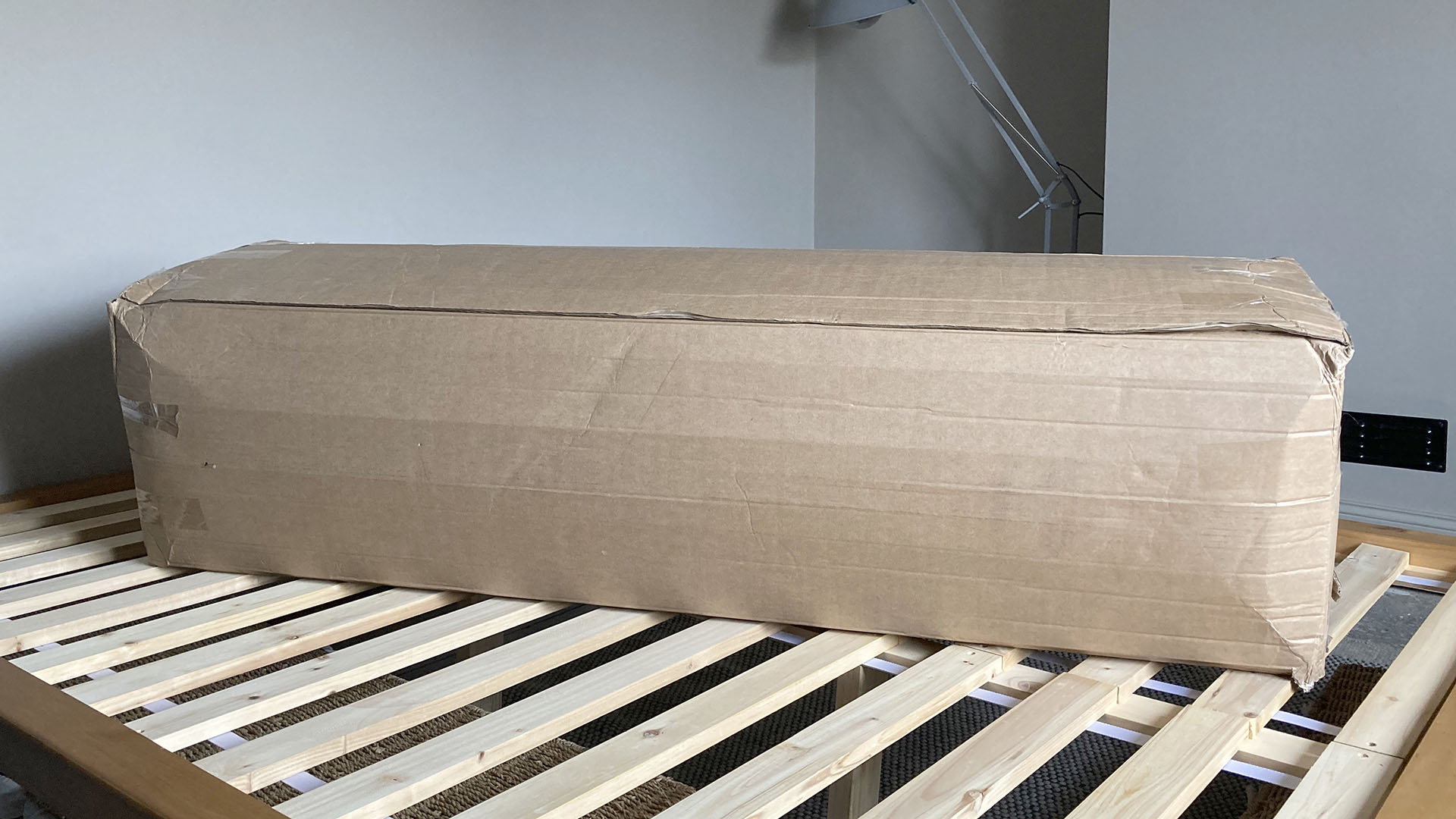
The bed-in-a-box phenomenon has well and truly taken hold in the mattress industry. Vacuum-packed, rolled and boxed is the way that most people buy their new mattress nowadays. But are mattress in a box models actually any good, or it is still better to seek out a traditional option, shipped flat?
We've tried out both types, and both make appearances in the TechRadar best mattress ranking. To get a more definitive overview (and bust some myths about bed-in-a-box mattresses) I spoke with two major mattress makers. So are mattress in a box models actually any good?
What is a bed in a box mattress?
A bed-in-a-box mattress is simply one that has been vacuum-packed and rolled up before shipping. That means the box is much more compact and easier to move about (for you) and store (for the manufacturer). This approach roughy coincided with the boom in popularity of memory foam, but it's not only all-foam mattresses that can be rolled and boxed – today's best mattress in a box models span all types, including hybrids with springs.
And although most of today's best cheap mattresses are boxed, not all boxed mattresses are cheap – you'll find options at a range of price points, including some pretty luxurious mattresses.
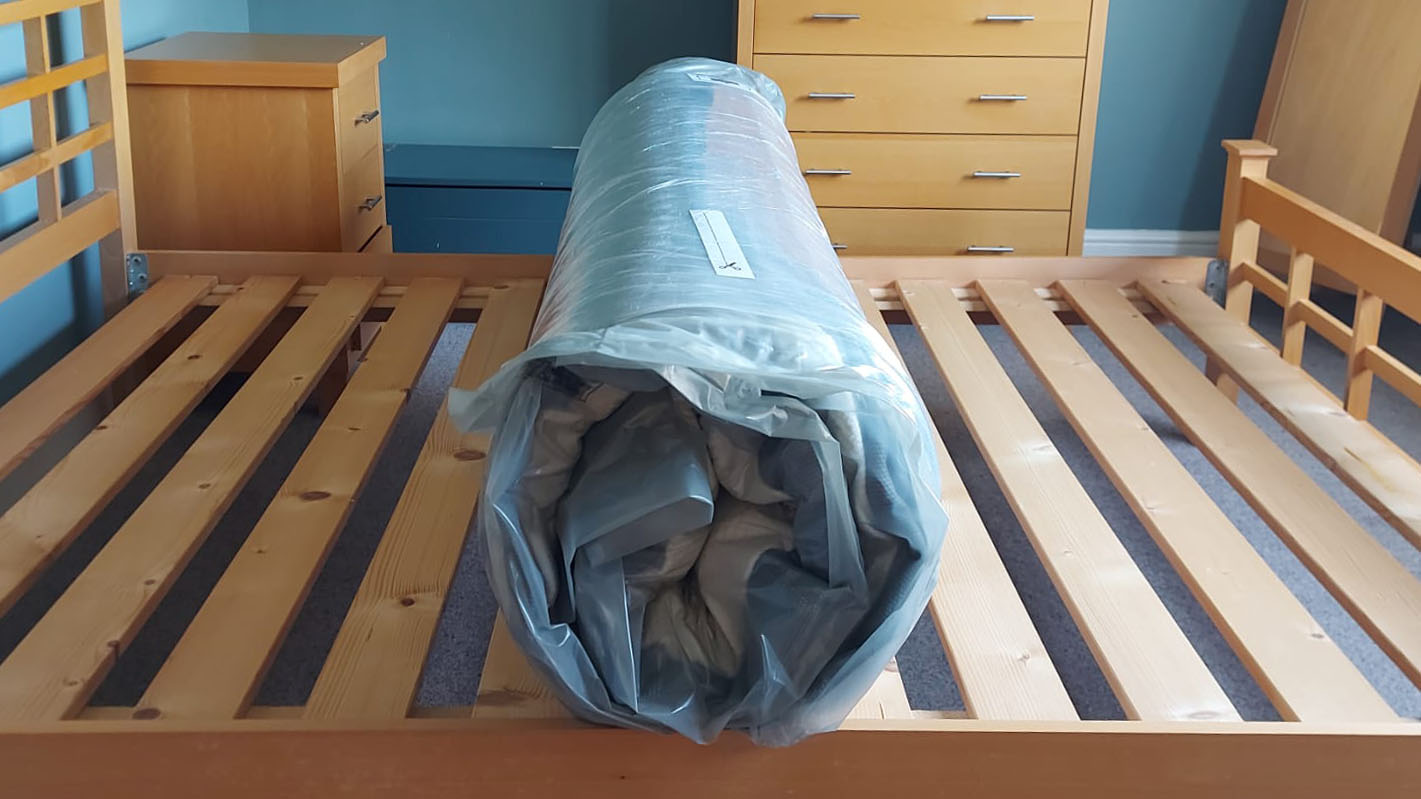
Does vacuum-packing damage the mattress?
The main potential quality issue is that the process of vacuum-packing and rolling a mattress might damage it and make it less durable in the long term. Having toured a mattress factory and observed how the packaging process works, it does seem a little brutal (although admittedly impressive, to see the compact size a massive mattress can be reduced to).
Unsurprisingly, the answer to this question depends on who you ask. Byron Golub, Vice President of Product & Merchandising at Saatva, says that the vacuum-packing can start to wear away the foam layers before you've even slept on a mattress.
"Foam is like a sponge, and it has tiny cells that can break when you compress them," he says. "Enough of the cells will break that the lifespan, and support, offered by the mattress will be reduced." Most mattresses will also be folded down the middle before being rolled, which Byron points out could particularly damage the important central third section, which sits underneath the sleeper's lumbar.
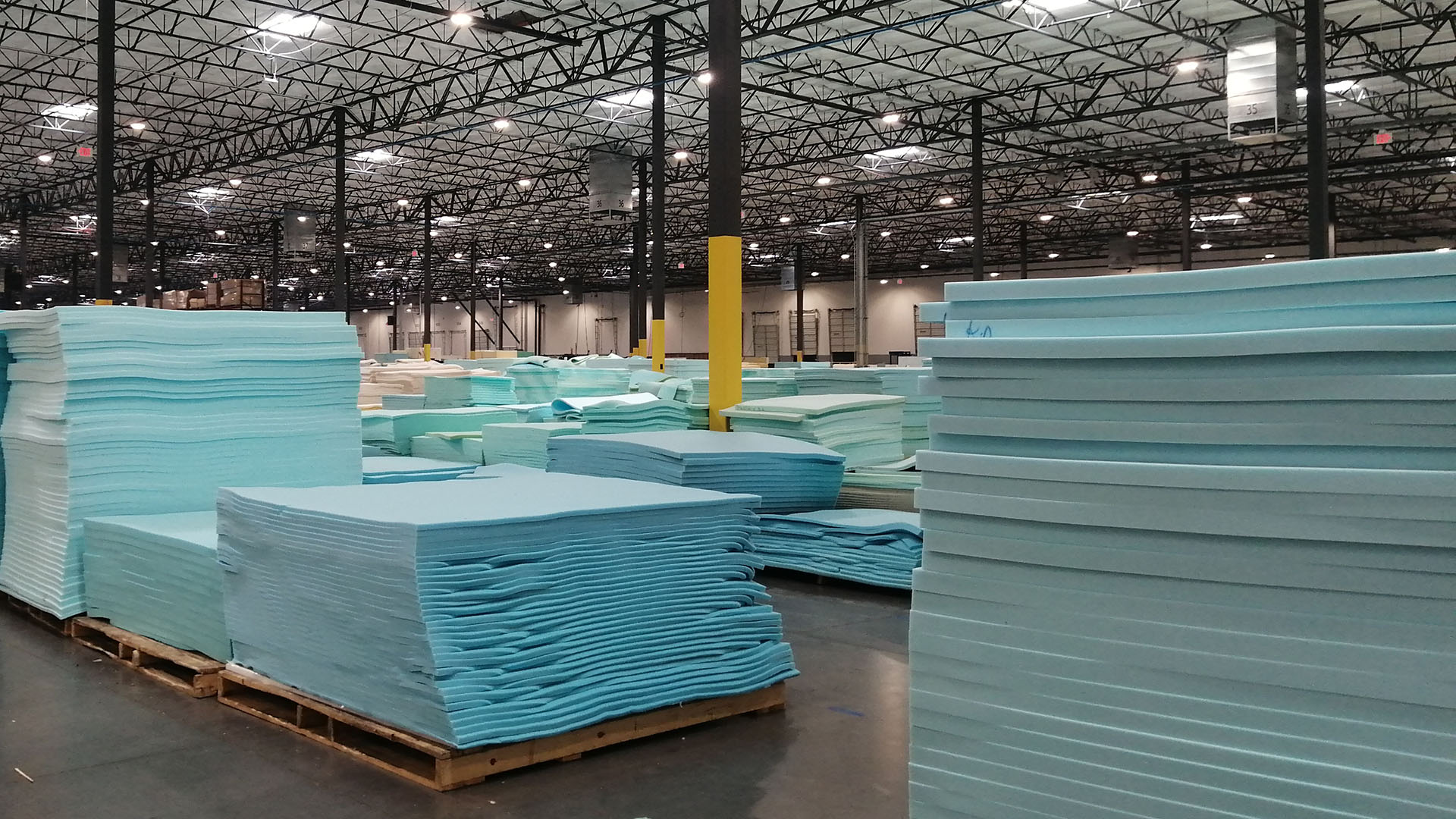
However, Saatva sells traditional mattresses, delivered flat rather than rolled and boxed (including TechRadar's #1 best mattress, the Saatva Classic). So Byron is a little biased. For balance, I also spoke to a boxed mattress specialist...
Tim Dilworth is Chief Operating Officer at 3Z Brands, which makes some of our top bed-in-a-box mattresses from the likes of Helix and Brooklyn Bedding. He agrees that if a mattress is left compressed in its box for a long period of time, say longer than three months, then the foams can become compromised, and may not expand properly when they are finally unleashed from their wrappings.
Get daily insight, inspiration and deals in your inbox
Sign up for breaking news, reviews, opinion, top tech deals, and more.
3Z Brands is mindful of this, and makes its mattresses to order, so they're only ever in their box for a handful of days. Tim points out that many boxed mattresses actually use higher-quality materials, including denser foams, purely so they can handle the compression process without being damaged.
"Generally roll-packed beds have... higher quality raw materials in them, because there's a little bit of rigor that takes place on that bed when it is rolled and put in a box," he explains. "As a consumer, for the most part, you're getting a better product, pound per pound, [with a boxed mattress] versus if you're going to sort of a discount store down the street."
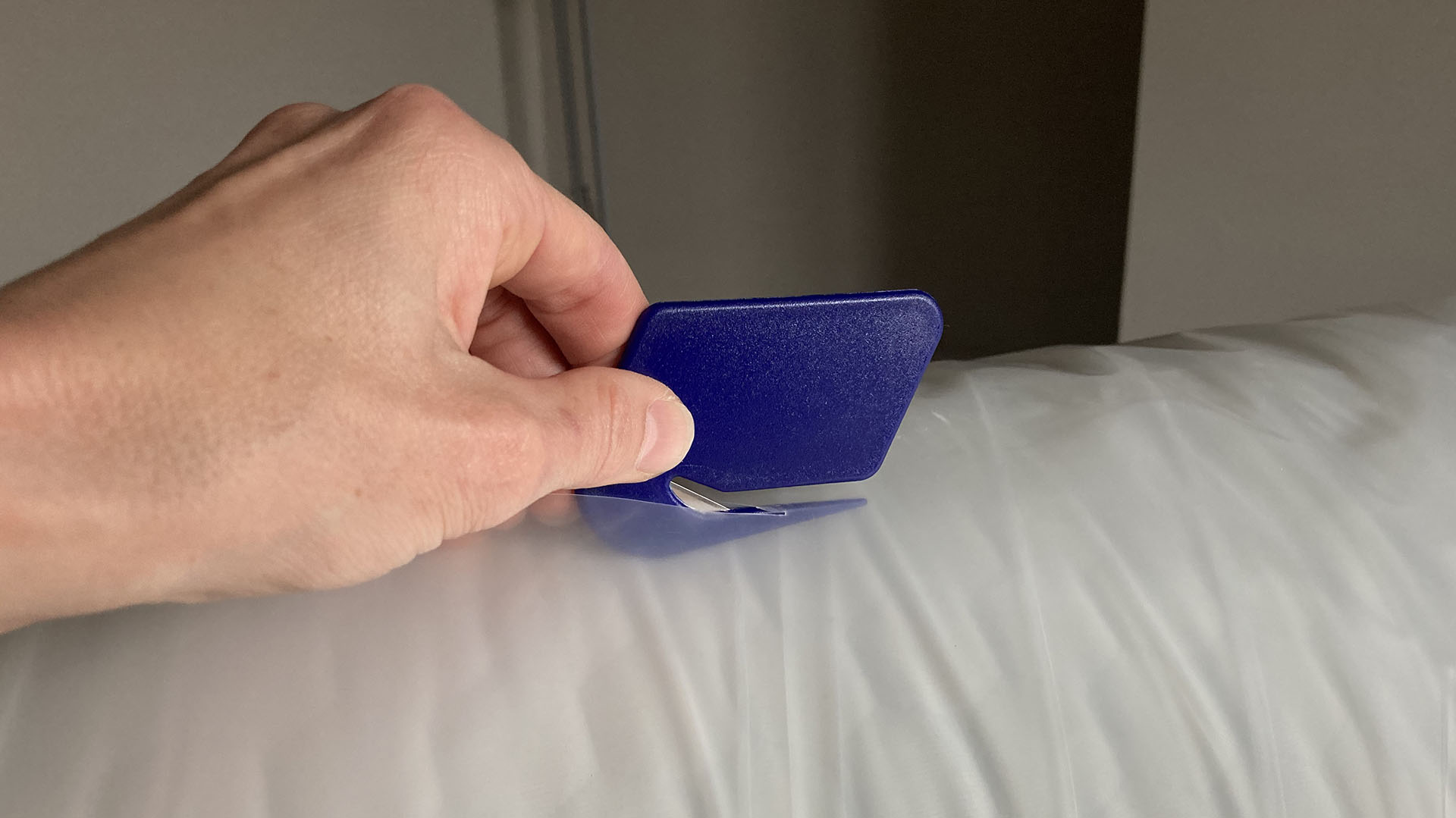
Are boxed mattresses less safe?
Fiberglass is sometimes used in mattresses as a flame retardant. It's not the case with all models (we have a guide to the best mattresses without fiberglass that explains further) but where it is used, it needs to remain securely enclosed within the mattress. Byron raises the point that when a mattress is compressed, it could damage the casing, potentially leading to fiberglass shards escaping into the room.
Tim agrees that that is a potential danger, and suggests checking that your boxed mattress doesn't use fiberglass, if you're concerned about this. It's important to note that this isn't specifically a boxed mattress thing, but more a cheap mattress thing. There are a number of (more expensive) alternatives, including fire-resistant fabric or wool (often used in organic mattresses).
Are boxed mattresses less durable?
If you're investing in a new mattress, you'll want it to be nice and durable – a decent mattress should last seven to 10 years. "Mattresses that are compressed, rolled up, and stuffed in a box are not going to offer the same long-lasting performance as a premium product delivered intact," asserts Byron.
However, it's not that straightforward. In our experience, how durable a mattress is is more to do with the quality (and price) than whether it's boxed or not. You can get very sturdy, well-made beds-in-boxes, and you can get poor-quality traditional mattresses that start to show signs of wear almost immediately.
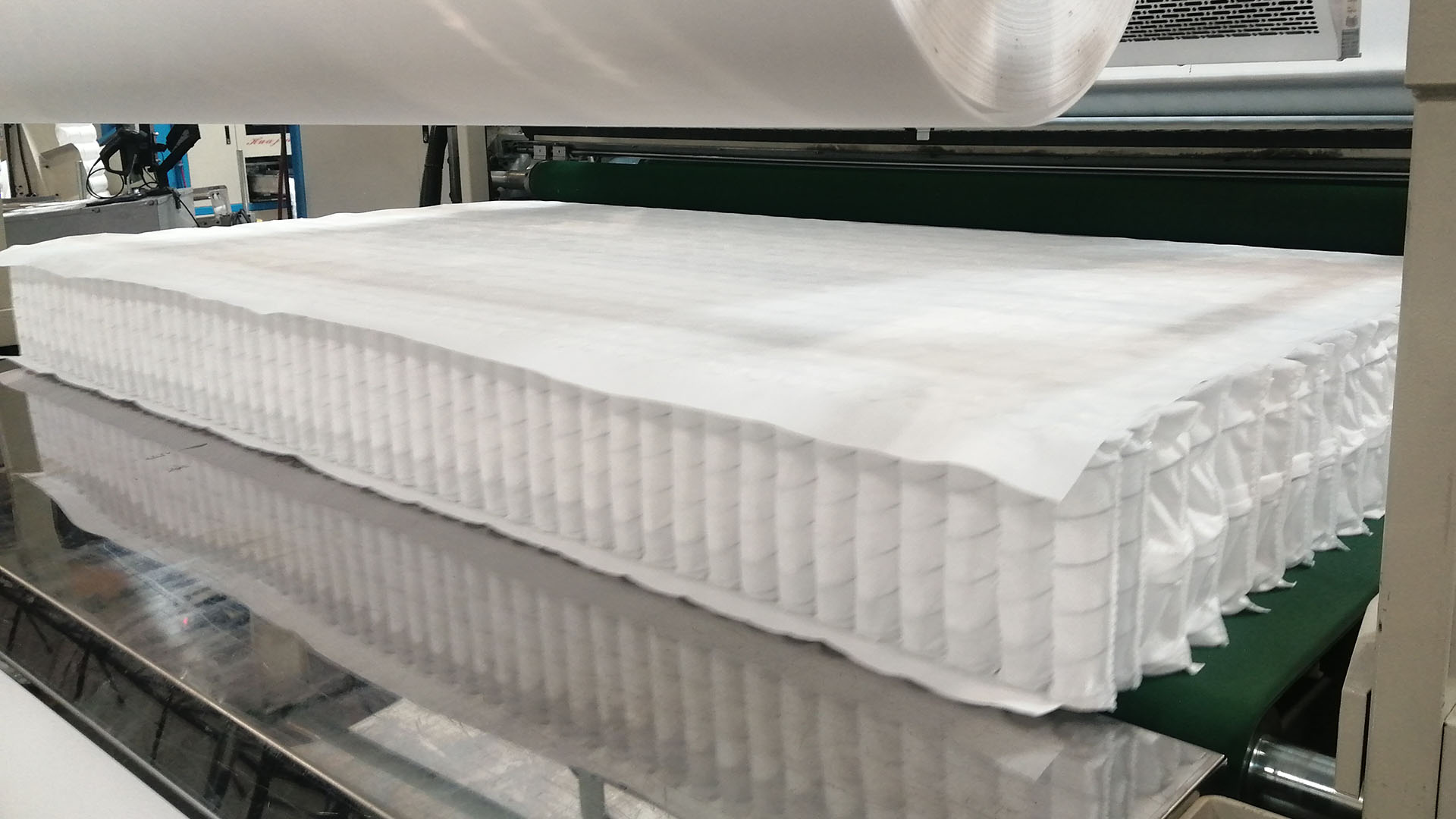
Where there might be a bit of a difference is in the thickness of coil used. To make compression possible, bed in a box mattresses might uses higher-gauge (i.e. thinner) coils, which are less durable than lower-gauge (thicker) coils. Tim points out that higher-gauge coils are more responsive and flexible than lower-gauge ones, which means they're better suited to certain types of mattresses, even if they might last a bit less time.

Ruth is TechRadar's Homes Editor specializing in air (vacuum cleaners, fans, air purifiers), and hair (hair dryers, straighteners and stylers). She has been in consumer journalism since 2020, reviewing and writing about everything from outdoor kit to mattresses and wellness gadgets, with stints on Tom's Guide and T3.